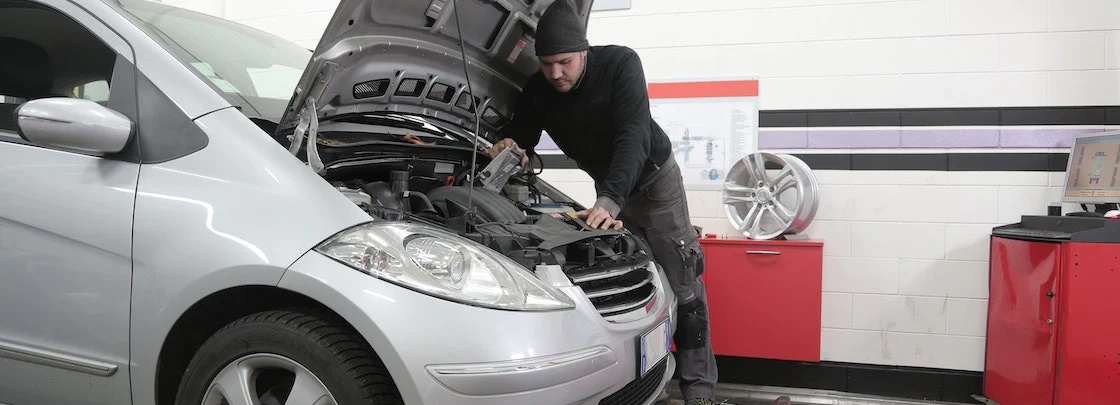As battery technology advances, EV costs will come tumbling down – and, finally, we have companies committing to sustainable emission targets, and ‘full’ rather than ‘hybrid’ EV vehicle designs.
Even partial implementation will add pressure to capacity of electricity grids and associated charging infrastructure, and require a start to commercially viable battery recycling to keep pace with EV uptake in some regions; but Europe in particular, as a more regulation-driven market with strong consumer pull, will be the one to take off fastest – in an accelerator scenario readily outpacing regulatory targets.
Battery Technology
EVs are powered by electric-batteries that are stored charge destined for driving by converting chemical energy to electrical energy powering an electric motor to drive the wheels. At present, the world’s most preferred battery technology used in EVs is lithium-ion batteries due to the direct correlation of better range and exponentially lower power. With more advancement in battery technology, EVs will come with better capacity compared with the current ones. This spike in consumer demand led many companies to adopt other forms of EVs in their operations. Last year, Unilever announced it will convert its entire car fleet to EVs by 2025, and some multinationals like DHL and DB Schenker have committed to make their last mile pick up/delivery services zero-emission by 2030. Affordable and energy-dense next-generation batteries feature two-dimensional carbon materials that enhance power-to-weight ratio and improve safety and efficiency. Sodium-ion batteries represent another generation of viable technology. Their materials are far less expensive and are more widely available than the lithium-ion chemistry used in electric vehicles presently on the market, and they utilise nonflammable solid electrolytes that offer exceptional leak-proof safety. Sodium-ion batteries can be recharged wirelessly by electromagnetic waves.
Charging Infrastructure
Access to charging infrastructure for both consumers and fleets in homes, workplaces, destination charging at public points of interest and anywhere else needed is essential for creating a path to mass EV adoption. Utilities could help to prepare for EVs with educational exercises to assess the grid’s EV readiness. EV chargers can be installed close to highway depots at sites near transmission lines and substations, lowering installation costs per unit of energy supplied, the distance over which it must be transmitted, resulting in lower system demand for electricity. As well as enhancing the capacity of grids, which need energy reserves to stabilise them, EVs can have Vehicle to Grid (V2G) functionalities to provide energy not only for the vehicle but also to the home. Electric vehicles (EVs) enjoy a longer battery life than their fossil-fuel counterparts EVs charge their batteries slower than fossil-fuel cars do, which means it can take longer to get them moving However, EVs can use their batteries to provide energy not only to keep the grids stable, but also in the home. EV production and charging infrastructure is set to grow as manufacturers increase EV models. The US companies Unilever and DB Schenker have each recently pledged to have 100 per cent electric fleets by 2025 and 2030 respectively, while the US government set guidelines that any charging infrastructure that can benefit from the funds provided by its new Bipartisan Infrastructure Law must be manufactured from domestic iron and steel production – an approach that will rapidly advance domestic manufacturing capacity and allow time for suppliers to adjust their supply chains.
Autonomous Driving
Furthermore, the more sophisticated EVs become, the more electric vehicle drivers seem to crave drive-enhancing technology. As vehicles become more sophisticated, EVs will not only become more like cars, embracing every aspect of car culture; some EVs will soon sport the full driving experience, including the most derring-do form of car culture: full autonomous driving! Photo by GettyIt sounds far-fetched, but combining electric vehicle (EV) technology with autonomous driving could transform mobility. In a driver-free EV, people could quickly and easily get around cities because it would no longer be necessary to provide space for parking in front of or near houses, nor to have garages in offices or other places of work. EVs will also prevent many tonnes of CO2 equivalent emissions and many tonnes of fossil-energy use, and replace them instead with green energy charges. Despite this, the realisation of reduced lifecycle emissions is contingent on replacing conventional fleets with EVs, meaning that, understandably, complete transition will be gradual, accompanied by other means of transport and other forms of renewable energy production.
Electric Vehicles for Everyone
EVs face many technology and regulatory barriers that will not allow them to replace ICE vehicles at a faster pace, regardless of the hype. EV transitionists’ claims that they can replace ICE vehicles in the foreseeable future and achieve radical emissions reductions through market-based approaches, if not disinformation per-se, is based on myths, misperceptions and hyperbole. EVs generally have lower carbon footprints than internal combustion engine (ICE) cars and much less NOx, nonmethane volatile organic compounds (NMHC) and particulate matter (PM). EVs are also much quieter in rush hour, potentially reducing overall noise pollution – as well as general stress levels among most commuters and pedestrians. EVs must be cheaper to buy and easier to refuel if they are to become mainstream, with fast on-road charging a necessity, as are keener policies such as vehicle-to-grid (V2G), vehicles that optimise their residential electricity grids. Similarly, EV drivers can help keep utility bills down for everyone else by plugging in overnight when the energy system is underused – that’s called ‘revenue decoupling’.




